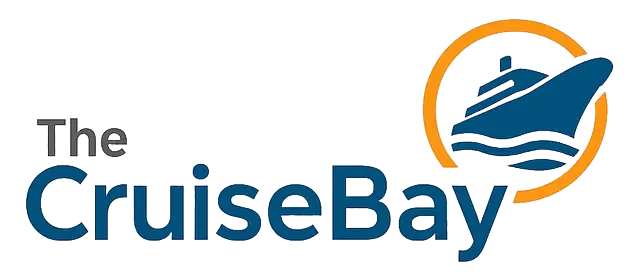Cruise ships are often compared to floating cities, and running them comes with huge expenses. One of the biggest and most unpredictable costs is: how much does it cost to fuel a cruise ship? The exact amount can vary a lot depending on several factors, including the vessel’s size and type. On average, fuel expenses range between $80,000 and $200,000 per day. For example, a large ship like Royal Caribbean’s Harmony of the Seas may spend close to $200,000 daily, while a mid-size ship such as the Norwegian Spirit might use around $80,000 each day.
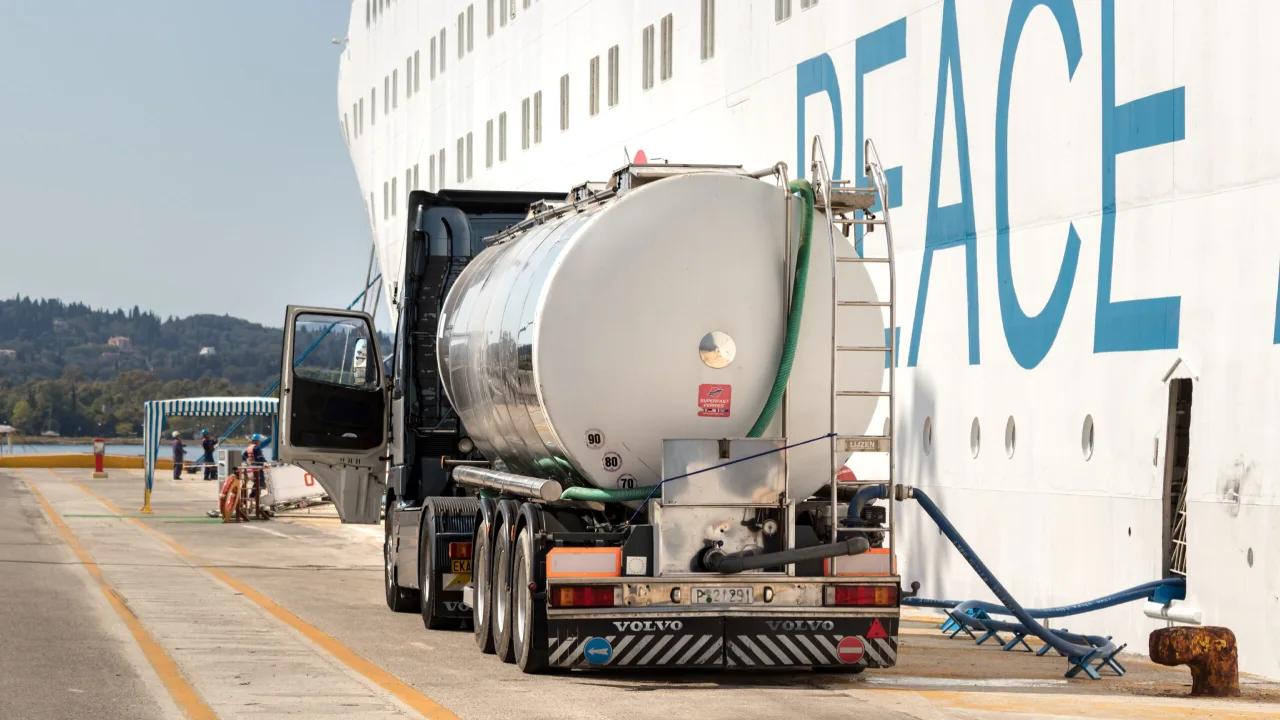
How Much Fuel Does a Cruise Ship Use?
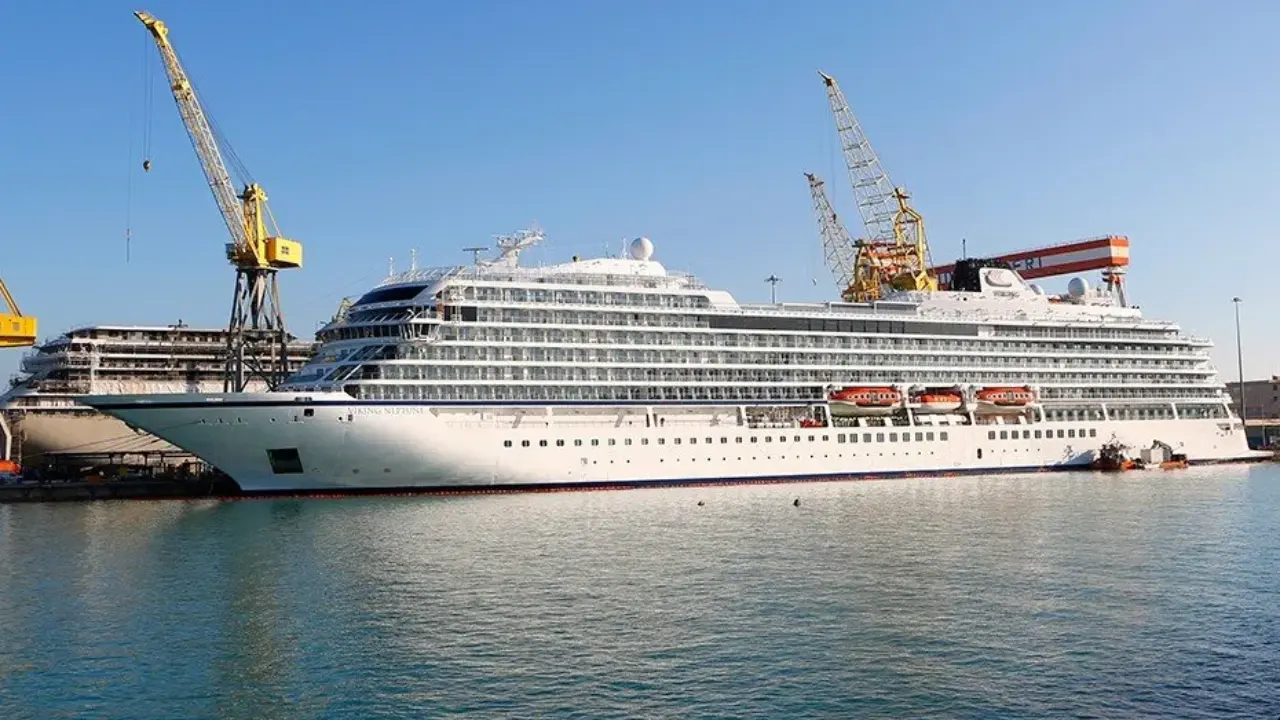
Cruise ships are huge, with some weighing over 200,000 gross tons. The amount of fuel they use mostly depends on their size, how fast they travel, and the routes they take. For example:
- Large ships burn up to 250 tons of fuel per day
- For Medium ships average fuel usage is 100–150 tons per day
- Smaller ships and luxury expedition cruises consume around 30–50 tons daily.
To summarize: 1 ton of marine fuel = approx. 300 gallons (1,135 litres). This indicates that a large cruise ship can use up to 75,000 gallons of fuel in a single day.
How Much Fuel Costs for a Cruise Ship?
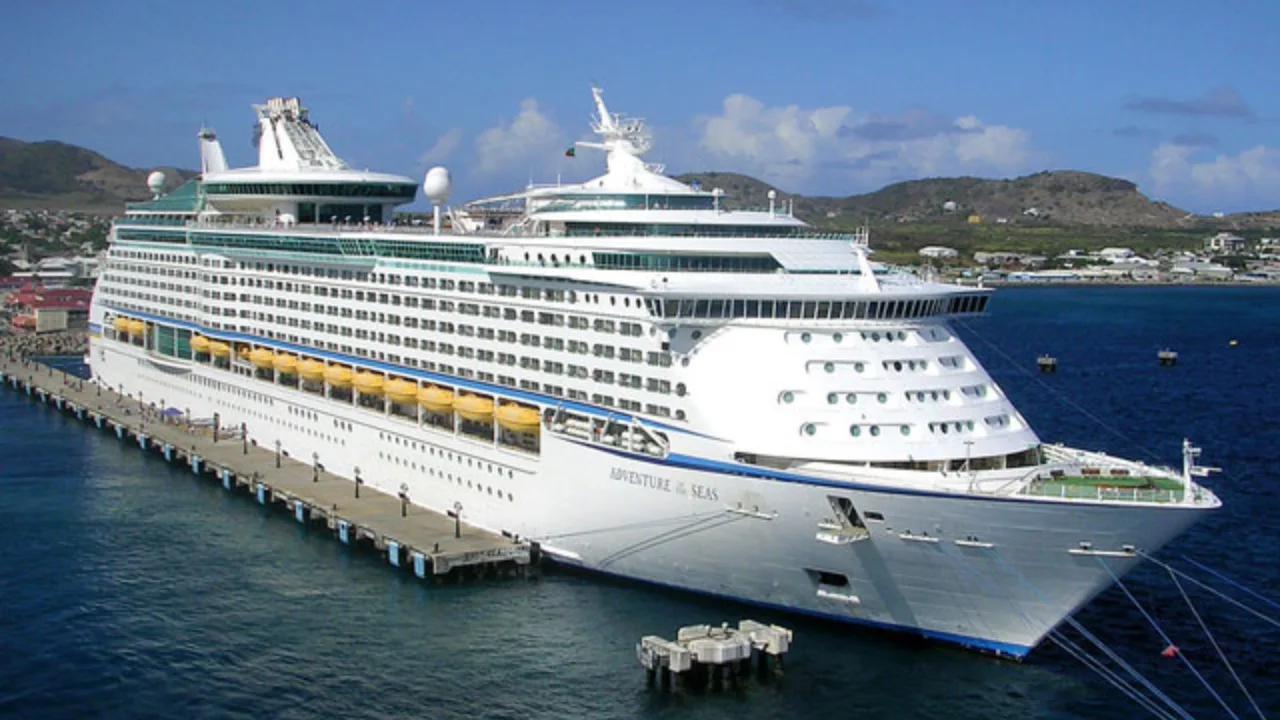
The cost to fuel a cruise ship depends on both the amount of fuel used and the type of fuel purchased. Fuel prices fluctuate constantly due to global oil markets.
Average Fuel Prices
| Fuel Type | Price |
|---|---|
| Heavy Fuel Oil (HFO) | $400 to $700 per ton |
| Marine Gas Oil (MGO) | $600 to $900 per ton |
| Liquefied Natural Gas (LNG) | Variable |
Daily and Weekly Costs
| Ship Type | Per Day Fuel Cost | 7 Days Fuel Cost |
|---|---|---|
| Large ship | $150,000 | $1.05 million |
| Medium ship | $72,000 | $504,000 |
Note: Some ships spend as much as $4 million just to refuel once, depending on capacity.
Fuel Capacity and Refill Costs
Cruise ships can store from hundreds of thousands to over two million gallons of fuel. For example, a ship with a 1.33 million-gallon capacity refilling at $3 per gallon (HFO) could face a $4 million fuel bill, while LNG at $4/gallon would push the cost to over $5.3 million.
Real Examples of Some Major Cruise Ship Fuel Costs
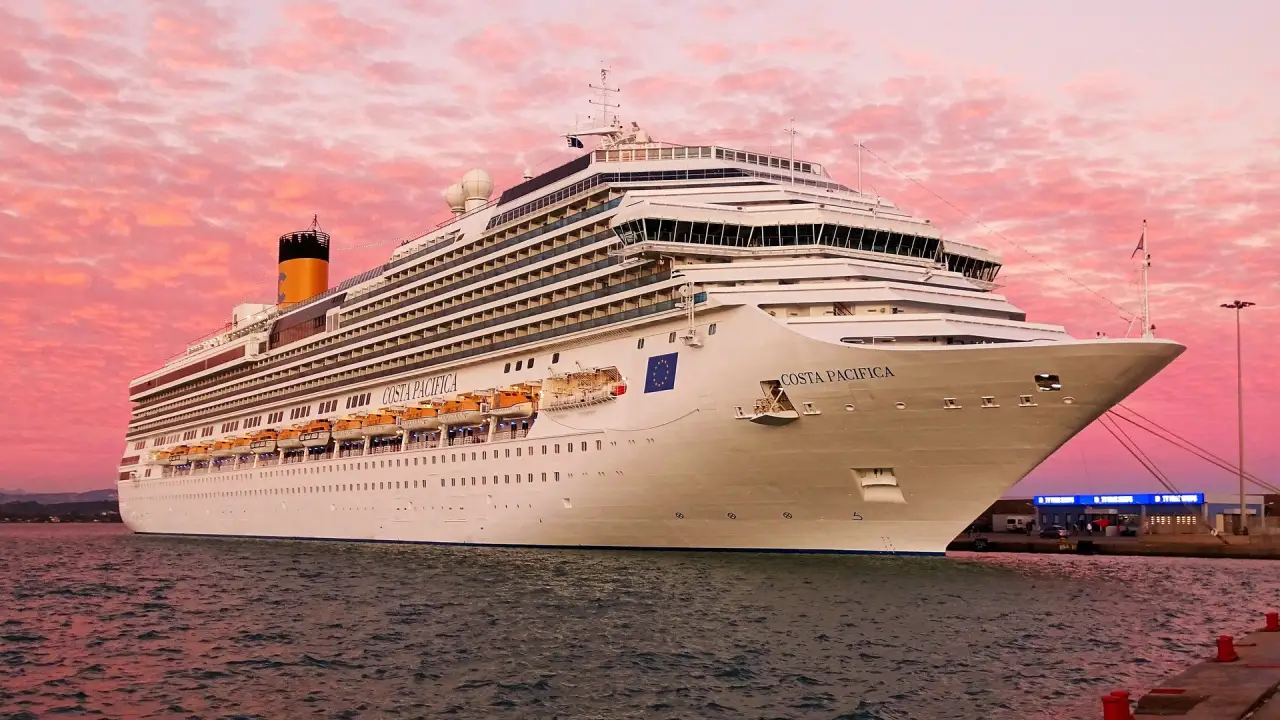
Royal Caribbean’s Symphony of the Seas (Oasis-class):
- Fuel Burn: ~250 tons/day
- Daily Fuel Cost: ~$150,000
- Weekly Fuel Cost: ~$1.05 million
Carnival’s Vista-class ships:
- Fuel Burn: ~140 tons/day
- Daily Fuel Cost: ~$84,000
- Weekly Fuel Cost: ~$588,000
Norwegian Spirit (75,500 GT):
- Fuel Burn: ~100 tons/day
- Daily Fuel Cost: ~$60,000–$80,000
Fuel as a Percentage of Cruise Operating Costs
Fuel typically accounts for 15% to 25% of total cruise line expenses.
- If a 3,000-passenger cruise ship spends $1 million in fuel per week, that’s roughly $333 per passenger, just for fuel.
- On top of this, the cruise line must cover salaries, food, maintenance, entertainment, port fees, and more.
This is why ticket prices often rise when oil prices spike, as cruise companies pass some of these costs to passengers.
Factors Influencing the Cruise Fuel Cost
The cruise ship fuel cost depends on several factors, including:
- Ship Size and Tonnage: Larger ships carry more passengers and amenities; therefore, they require more fuel.
- Speed: How fast cruise ships go can also influence the cost of fuel. Cruise ships are most fuel-efficient at slower speeds. A small reduction of just 2 knots can save 20–40% in fuel consumption.
- Fuel Type: Heavy Fuel Oil (HFO), marine diesel/gas oil, and LNG each carry different costs and environmental impacts.
- Itinerary and Distance: Longer voyages and remote destinations require more fuel. Shorter cruises with fewer sea days are less expensive to operate.
- Port Refuelling Costs: Cruise ship fuel costs differ depending on where a ship refuels. For example, fueling in Singapore or Rotterdam might cost less than in the Caribbean.
How Cruise Lines Manage Fuel Costs
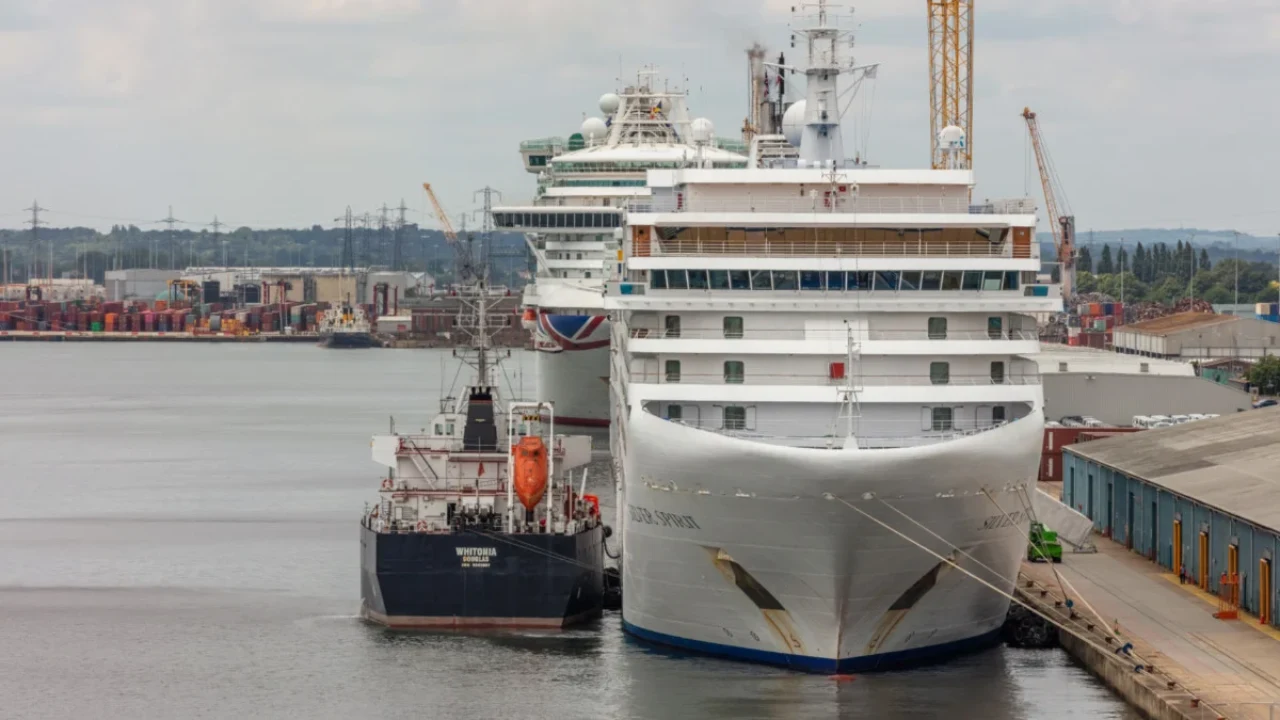
To offset high expenses, cruise lines use several strategies:
- Reducing speed saves up to 40% in fuel.
- Efficient ship designs
- Alternative fuels
- Energy optimization
Conclusion!
So, how much fuel costs for a cruise ship is influenced by ship design, route planning, global oil markets, and international regulations. Costs can exceed $1 million per week for large ships, making fuel one of the most significant expenses in cruise operations. As the industry shifts toward cleaner and more efficient technologies, fuel costs may change, but they will remain a central factor in cruise pricing, environmental impact, and the future of sustainable cruising.
Frequently Asked Question (FAQs)
Typically between $80,000 and $200,000, depending on ship size and fuel price.
It can cost about $4 million for HFO or $5.3 million for LNG.
Heavy Fuel Oil (HFO), marine gas oil, and increasingly LNG, each with differing costs and emissions profiles.
Fuel consumption rises sharply with speed; reducing speed (slow steaming) can cut usage significantly and reduce cruise ship fuel cost.
Anywhere from 500,000 gallons to over 2 million gallons, depending on the vessel.
For a ship holding 1.3 million gallons, refuelling can cost $4–5 million depending on fuel prices.
Yes, rising costs to fuel a cruise ship often cause cruise fares to increase or for cruise lines to add fuel surcharges.
Through slow steaming, energy-efficient ship designs, alternative fuels, and shore power at ports.
